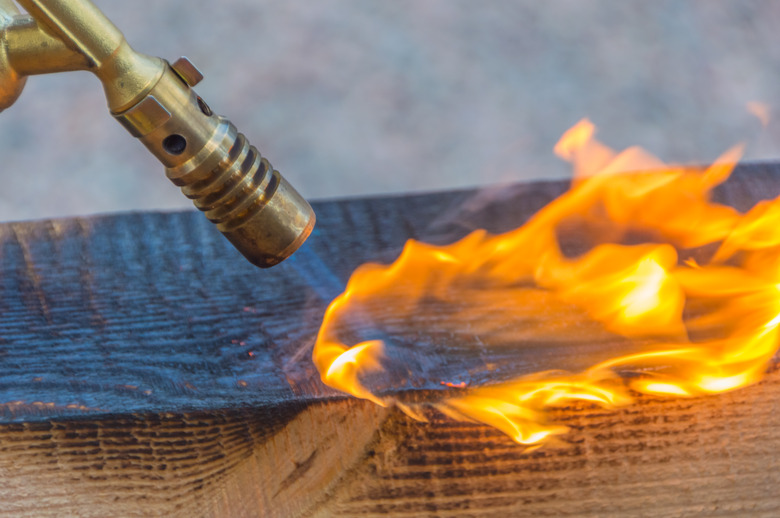What Happens If You Burn Pressure-Treated Wood?
We may receive a commission on purchases made from links.
Never burn treated wood. Toxic chemicals will be emitted in the smoke, and ashes from treated wood can be hazardous to livestock or wildlife. Chips, sawdust and debris from treated wood are considered hazardous waste and should not be burned or disposed of at any location other than those specified by local government agencies.
Tip
Burning treated wood, which should never be done, releases toxic chemicals through the smoke and ashes. Ashes that are airborne can harm wildlife and livestock.
Please, No Exceptions
Please, No Exceptions
Open burning of any kind of wood — treated or not — usually requires a permit and can be done only at town transfer stations, and then only clean, untreated wood and brush is acceptable to burn.
Call Before Delivering
Call Before Delivering
Always contact the landfill or transfer station prior to delivery, to determine if any limitations exist. State agencies keep a list of approved landfill sites on file. When delivered to a specified location, treated wood must be kept separate from other waste materials. When arriving at the landfill, take precautions to put the treated wood in the nonclean wood pile and not in the scrap wood pile.
Chemicals in Treated Wood
Chemicals in Treated Wood
Chemicals injected into wood protect it from bugs and decay. Few of them are safe. Some are considered highly toxic, and proper handling with gloves and respirators is always recommended. Chromated copper arsenate, or CCA, is the major contributor of arsenic and copper. Approximately 90 percent of all industrial arsenic in the United States is used to extend the life of lumber, but it's also found in paints, dyes and metals to some extent. Arsenic is a well-known carcinogen, doesn't biodegrade to any extent and is considered acutely toxic.
Creosote is another toxic compound in older treated wood. It's an oil-based compound distilled from coal tar. Creosote is a contributor to birth defects and fetal damage, among other health issues. Copper naphthenate, another oil-based compound, is also linked to health issues.
Waterborne preservatives are the common alternative to CCA for treating wood and are widely used in the building industry. The waterborne preservative ammoniacal copper quaternary, or ACQ, eliminates the arsenic but is still considered as a pesticide and cannot be burned.
The Top Priority
The Top Priority
The first priority when you have unneeded treated wood is to avoid disposing of it at all and to consider reuse. Salvage as much as possible to keep it out of the waste category. As long as the treated wood is viable, continue using it for landscaping or other applications. Consider donating it if possible, with clear, concise instructions that the wood has been treated and should be handled with precautions.
How to Identify Treated Wood
How to Identify Treated Wood
In 2004, manufacturers of treated wood were forced to stop using CCA for pressure-treating lumber for residential use. But it's sometimes hard to distinguish when the lumber was produced. Assume that all wood installed outdoors before 2004 is treated with CCA.
Treated lumber can be tinted an olive green color. It will have small incisions on all four sides that are part of the treatment process; these are places where chemicals were injected into the wood. If you see incisions, assume you have treated wood.
A Safer Alternative
A Safer Alternative
For a safer alternative to CCA, consider borate preservatives. Borates are naturally occurring minerals found in all living things. Borate-treated lumber is considered one of the safest wood treatments available. Even though burning borate-treated wood typically requires a permit, it is not considered hazardous waste and has only a marginal environmental impact.
